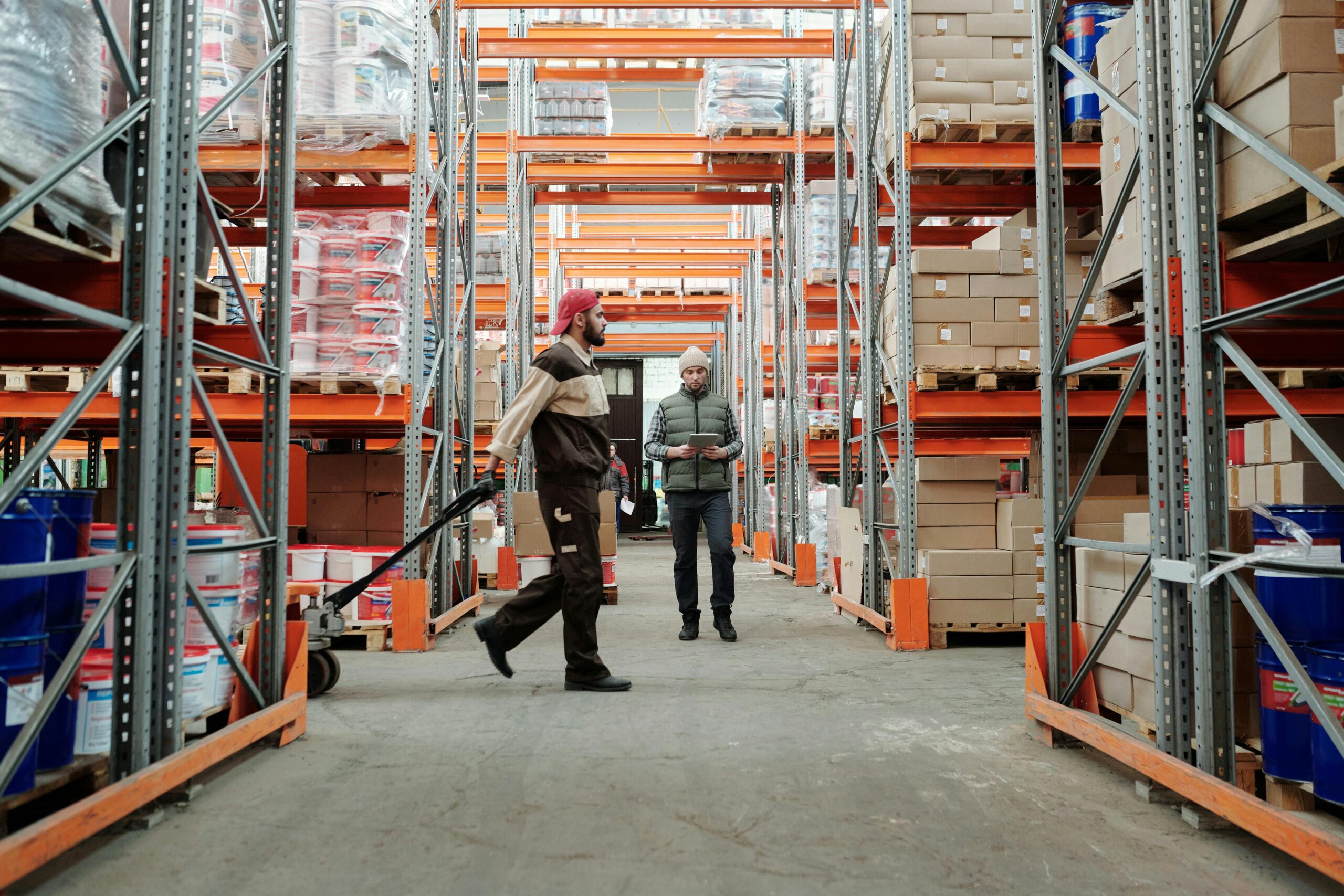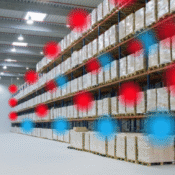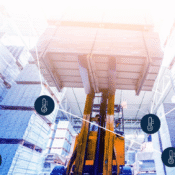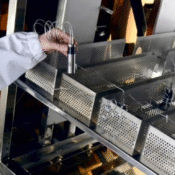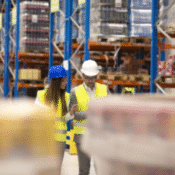Preserving cultural heritage is more than an act of remembrance—it’s a responsibility to future generations. Whether it’s ancient manuscripts, historic artifacts, religious relics, or traditional textiles, these items are incredibly sensitive to environmental conditions. In regions like Saudi Arabia, where climate extremes are common, protecting such treasures requires more than just secure display—it demands precision. This is where the temperature mapping study becomes a vital tool in the field of cultural preservation.
At Eximia360, we specialize in providing advanced temperature mapping study services throughout Jeddah, Dammam, Riyadh, and the rest of Saudi Arabia, helping museums, archives, galleries, and cultural institutions safeguard irreplaceable items through intelligent environmental control.
Why Temperature Control is Critical for Cultural Assets
Cultural assets—whether displayed or stored—are particularly vulnerable to temperature fluctuations. High heat, humidity, and inconsistent conditions can cause irreversible damage such as:
- Warping and cracking of wood and paint
- Mold growth on manuscripts and textiles
- Discoloration of paper and photographic material
- Structural weakening of ancient materials
These risks are intensified in Saudi Arabia’s climate, where daytime temperatures can exceed 50°C, particularly in inland cities like Riyadh and Dammam. Even coastal cities like Jeddah face high humidity levels that can threaten preservation efforts.
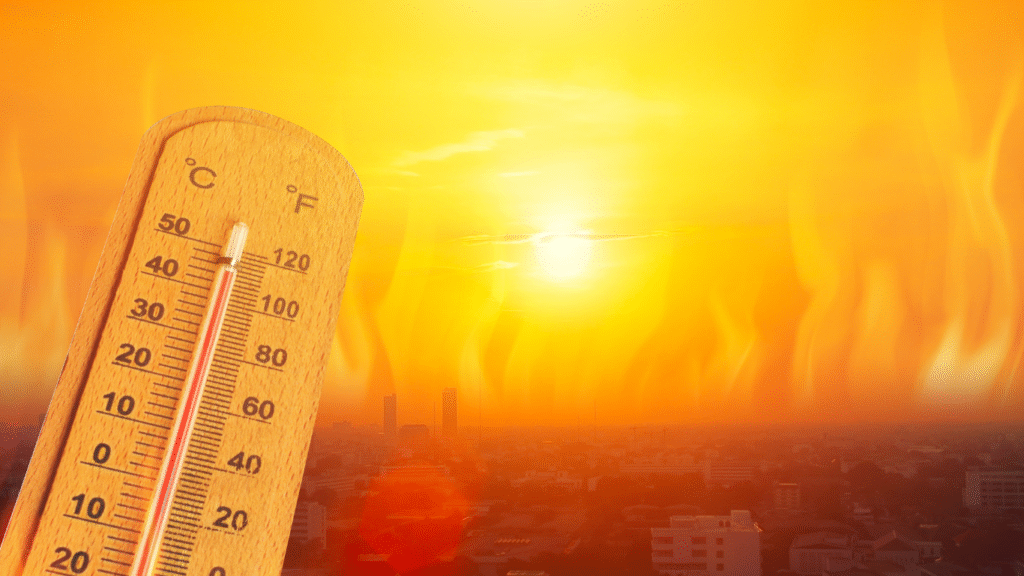
That’s why conducting a temperature mapping study is essential—it helps institutions understand the microclimates within their storage and display environments, enabling proactive protection.
What is a Temperature Mapping Study?
A temperature mapping study is the scientific process of placing multiple temperature and humidity sensors throughout a space—whether a museum gallery, archive room, or warehouse. Over a period of time, this study records how temperature behaves across different zones, revealing hot and cold spots, drafts, and patterns that might be invisible to the naked eye.
At Eximia360, we tailor each temperature mapping study to the specific structure, collection, and usage of the site. We offer this service across Riyadh, Jeddah, Dammam, and other regions of Saudi Arabia to help cultural sites maintain optimal environmental conditions.
Applications in Cultural Preservation
🏛️ Museums and Exhibition Halls
Temperature fluctuations can damage artworks and artifacts on display. A temperature mapping study helps optimize HVAC systems and identify areas where visitors or lighting might affect temperature stability.
🗂️ Archives and Libraries
Manuscripts, scrolls, and rare books must be stored under strict temperature and humidity guidelines. Mapping studies ensure uniform conditions and alert custodians to hidden risks before damage occurs.
🕌 Heritage Buildings
Historic buildings require modern environmental controls to preserve interior artifacts. A temperature mapping study helps integrate modern preservation systems without compromising the site’s integrity.
Benefits of Temperature Mapping for Cultural Institutions
- ✅ Prevents deterioration of valuable artifacts
- ✅ Ensures compliance with global preservation standards (e.g., UNESCO, ICOM)
- ✅ Provides data-driven recommendations for HVAC improvements
- ✅ Reduces energy waste through optimized climate control
- ✅ Supports grant and audit documentation with precise reports
Why Choose Eximia360?
Eximia360 is a trusted provider of temperature mapping study services in Saudi Arabia, with strong experience in working with sensitive and high-value environments. Our team uses the latest IoT-enabled sensors and analytics tools to deliver:
- Detailed 3D temperature maps
- Compliance reports for audit and insurance purposes
- Long-term environmental monitoring solutions
- Expert consultancy tailored to cultural preservation needs
Whether you’re managing a national museum in Riyadh, a historic archive in Dammam, or a cultural center in Jeddah, Eximia360 ensures your collections remain protected against the harsh elements of the region.
Final Thoughts
As climate change increases the volatility of temperature and humidity patterns in the Middle East, the need for precise environmental control in cultural spaces is more urgent than ever. A professional temperature mapping study is no longer optional—it’s essential for anyone dedicated to preserving our past.
📞 Ready to protect your cultural treasures?
Visit www.eximia360.com to schedule a temperature mapping study today with Eximia360—your partner in sustainable preservation across Saudi Arabia.


